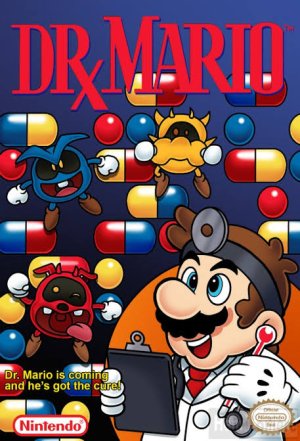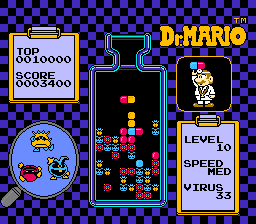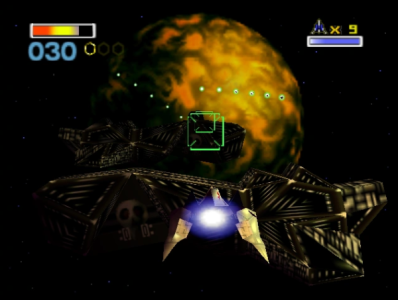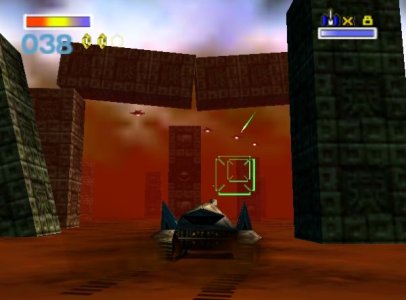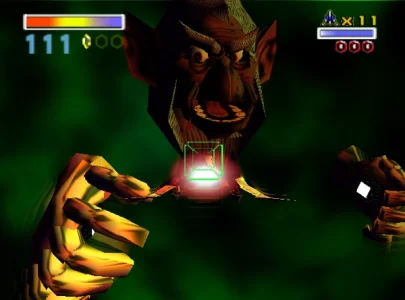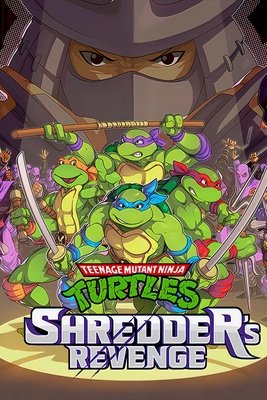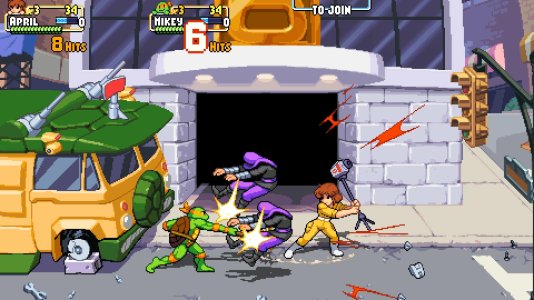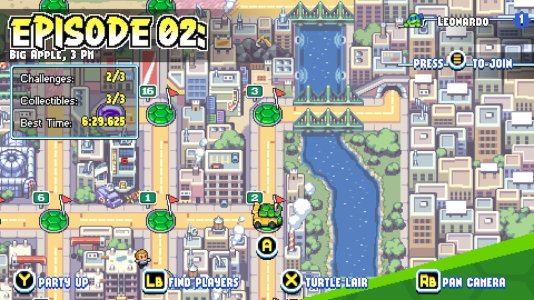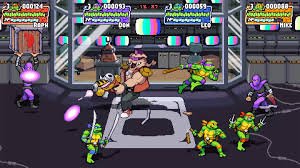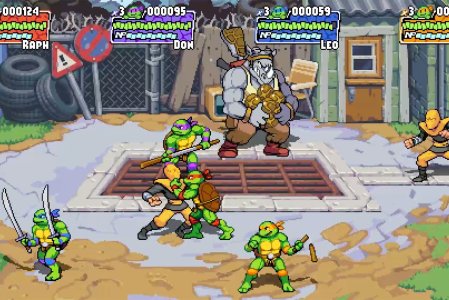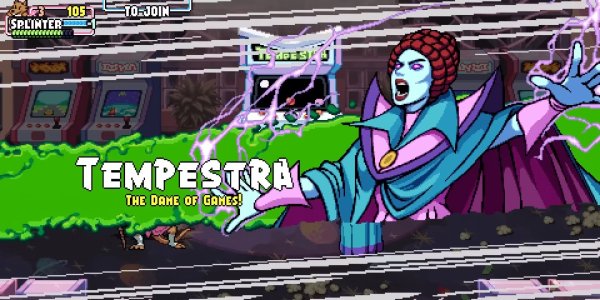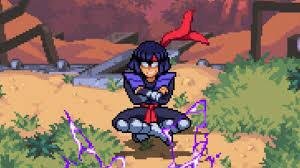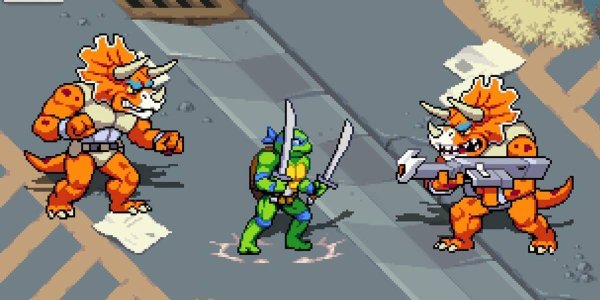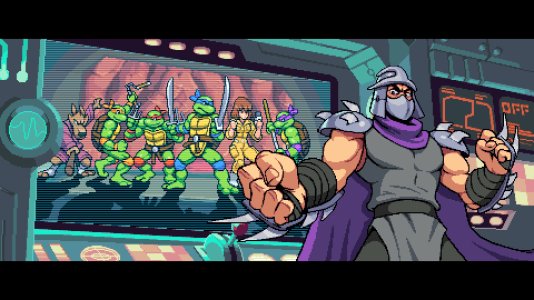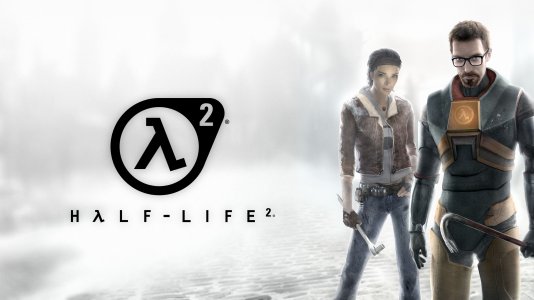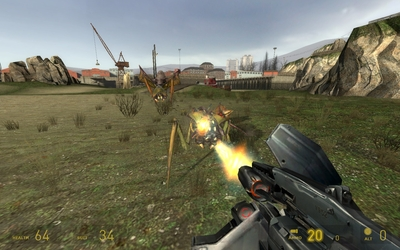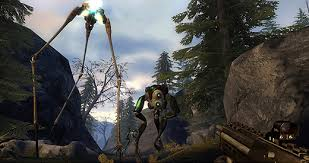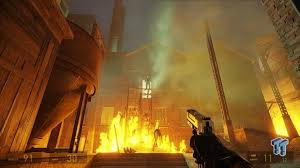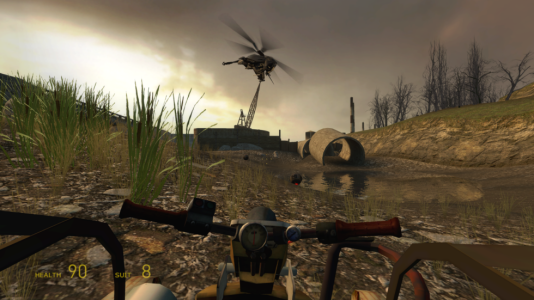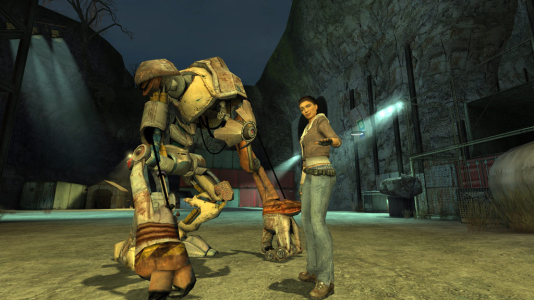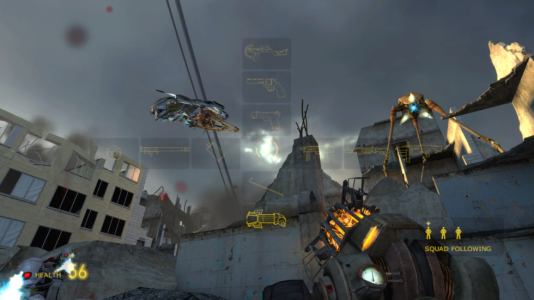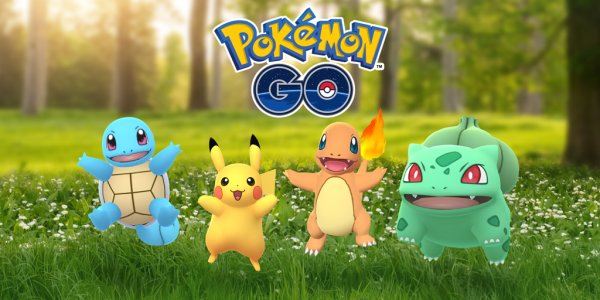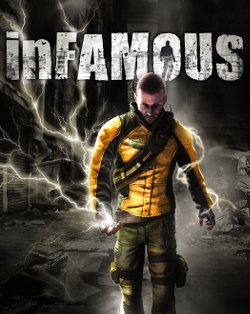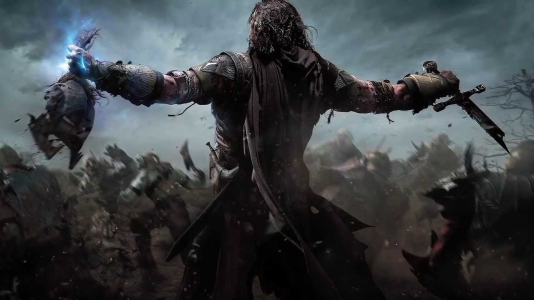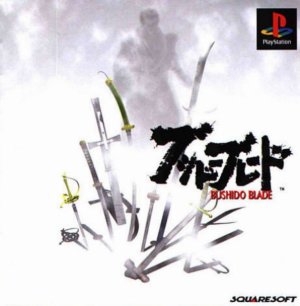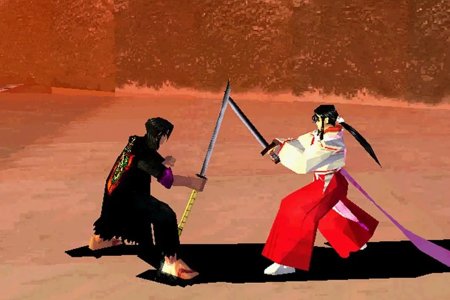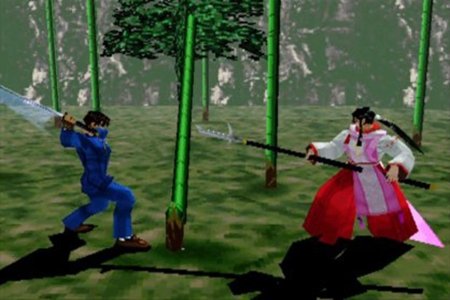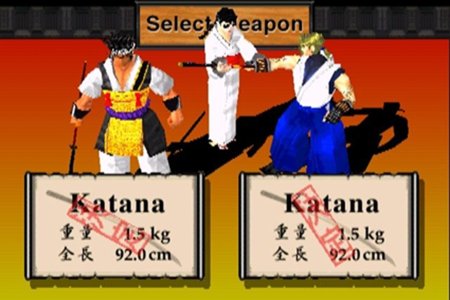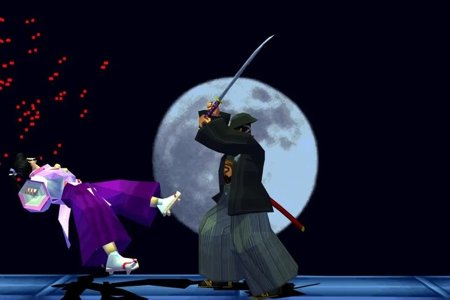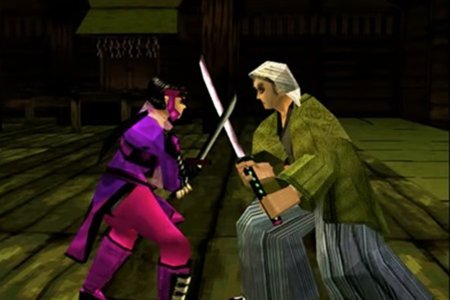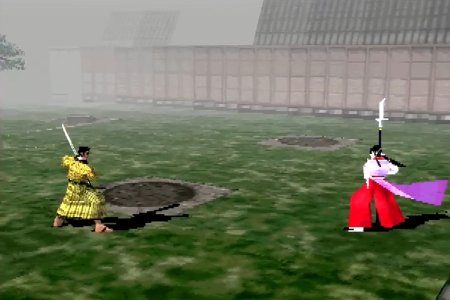Here is someone using April to absolutely wreck the toughest level in the game while also rocking to that smooth techno beat perfect for the Technodrome.
There are hundreds of references, down to Tiffany, the turtle-hating one-time girlfriend of April’s boss who appeared in two episodes and as a disembodied voice in a third, showing up in a fleeing crowd at the start of Jaw-Breaking News.
Purely because this game fills me with so much joy, here are the major Turtles game and show references in Shredder’s Revenge of the overall levels themselves I picked up on, and a few super cool references for fun.
Episode 1: Jaw-Breaking News!
References: TMNT Arcade Game Scene 1 Ch 6 Building “Fire. We Gotta Get April Out!” As well as being a general reference to one of the most iconic locations of the show.
Also feels very Simpson’s Arcade referential to that game’s Level 7 that takes place at a Ch 6 TV station as well. That game was made by Konami too, so maybe not coincidental.
Episode 2: Big Apple 3pm
References: All 3 TMNT beat ‘em ups have a Midtown Manhattan street level.
- Arcade Game: Scene 2 “C’mon, After That Shredder Creep!”
- Manhattan Project: Level 4 “Welcome to the Jungle”
- Turtles in Time: Level 2 “Alleycat Blues”
Big Apple 3pm title is a reference to Turtles in Time Level 1: Big Apple 3am
Episode 3: Mutants Over Broadway
References: Combination of Arcade Game Scene 5 “Let’s Get to That Secret Factory” skateboard on the highway level and Manhattan Project’s Level 3 “Brooklyn Bridge is Falling Down” with Bebop’s Truck.
Episode 4: Rumble in the Zoo
References: Partially the back half of Manhattan Project Level 4 “Welcome to the Jungle” but mostly Episode 2 “Enter the Shredder” of the cartoon taking place at the zoo where the rhino and warthog that mutate Bebop and Rocksteady are taken.
Groundchuck and Dirtbag, in addition to appearing in Manhattan Project, were from the season 5 finale “Planet of the Turtleoids”- also the last episode I watched as a kid probably because it played very much as a series finale.
Episode 5: King of the Spill
References: Literally every TMNT game has a sewer level because of course they do. But adds in the last section of Manhattan Project Level 4 “Welcome to the Jungle” with the subway train.
Also, the broken down machine that appears in the background in the fight against Rat King is from Level 3 Sewer Surfin’ in Turtles in Time referencing the Rat King’s boss fight.
Episode 6: Mall Meltdown
References: This one isn’t necessarily linked to a previous game level, but in addition to being a reference to Tempestra’s episode in the series, it also has a very 90s mall rat culture vibe.
Tokka and Rahzar are from the second movie and also appear in both Manhattan Project and Turtles in Time.
The pseudo-mini bosses that first appear here are Foot Clan Knucklehead Spider Grabber Claws, which were a ridiculous toy Playmates put out that never appeared in any other media, not even the cartoon created specifically to sell such toys. Super rad to see them here.
Episode 7: Rooftop Reptiles
References: Something of a fusion between two Manhattan Project Levels: Vertigo Point Tower (Level 7) on rooftops at night and the daytime construction-themed Brooklyn Bridge is Falling Down (Level 3).
Bebop and Rocksteady fight as a team in both The Arcade Game and the SNES version of Turtles in Time. In fact, I’d considered it such a trope, I’m rather surprised at how infrequent it was in the classic games.
Episode 8: Panic in the Sky
References: Every Turtle’s game has some kind of skateboard/surfing level. I think specifically this one is a nod to Manhattan Project Level 2 “The Typhoon Tidal Pool” and Turtles in Time Level 7 (Level 8 on the SNES) “Neon Night Riders.”
While Wingnut (and Screwloose) only appeared in a single episode of the cartoon, he was inexplicably a fighter in the SNES version of TMNT Tournament Fighters and rather prominent in the Archie comics as a Turtles ally.
Episode 9: Crisis at Coney Island
References: Manhattan Project Level 1 “Fort Slauderdale Beach”.
Leatherhead’s fight is something of a fusion of his tactics in Manhattan Project and Turtles in Time.
Episode 10: A Few Screw’s Loose
References: Fully echoes Turtles in Time Level 2 Alleycat Blues in which Metalhead is also the boss.
The location, Silicone Alley, in addition to being a real place in New York and a play on Silicone Valley, references both Metalhead (Silicone) and his Turtles in Time level (Alleycat Blues).
The title, while clearly referencing Metalhead, is also possibly a reference to Screwloose who does not appear in the game (probably because he’s a gross and weird, even by TMNT standards, fly thing) but is Wingnut’s partner.
Episode 11: Dinosaur Stampede
References: No connection to an actual level, but Manhattan Project rather infamously had a Triceraton on the cover, but not in the game itself. This level fully corrects that oversight. Triceratons actually predate the Turtles themselves and in addition to being central to the plots of some of the most important early comic book storylines, were in the original logo for Mirage comics. Plus, they’re super cool.
Episode 12: It Won’t Fly
References: Arcade Game Scene 5 “C’mon Let’s Bust This Joint” as well as the sewer section of Scene 2 “C’mon, After that Shredder Creep!” In which Baxter is the boss in human form so the level itself is filled with mousers. This level also has a lot of reference to classic Technodrome levels with its series of traps and Foot Soldiers / mousers being assembled in real time.
Baxter’s fight is a fusion of his attacks in Scene 2 of the Arcade Game as a human, the Level 1 “Big Apple 3am” boss fight in Turtles in Time, and the NES version of the Arcade Game’s parking lot level as a Fly.
Episode 13: Technodrome Redux
References: Every Turtles game has a Technodrome level (with the slight exception of the Arcade version of Turtles in Time, which saves the Technodrome for the final single-room boss fight with Super Shredder), but this is the first time I’ve ever seen it destroyed and in ruins, which is a reference to the 8th season finale of the original show.
Mini-boss General Traag is all over the cartoon and is a traditional mini-boss in almost every TMNT Technodrome level (Maybe he’s in the NES TMNT Technodrome. Hard to really tell what some of those sprites are supposed to be).
Chrome Dome, like Groundchuck and Dirtbag, is from the Season 5 finale “Planet of the Turtleoids” (and appeared in the Season 7 episode “Night of Rogues” along with Tempestra for some reason that defies logic). His fight is almost taken wholesale from the SNES Turtles in Time Shredder fight that shoehorned in Mode 7 graphics as the SNES was want to do.
Episode 14: The Lost Archenemies
References: Almost a shot-for-shot remake of Turtles in Time Level 4 (Level 5 on the SNES) Prehistoric Turtlesaurus complete with Slash as the boss.
The only notable alteration is the inclusion of the xenomorph-like Pizza Monsters, which appeared in one episode of the show and inexplicably in Level 3 Sewer Surfin’ of Turtles in Time.
Slash’s boss fight is rather similar to his fight in Turtles in Time with an added attack from his appearance as a mini-boss in Manhattan Project.
Episode 15: Outworld Strangeoids
References: Manhattan Project Level 8 “Krang’s Spaceship” and Turtles in Time Level 8 (Level 9 on the SNES) “Star Base: Where No Turtle has Gone Before.” The games started adding Krang’s Spaceship as essentially a second Technodrome, even though, to my knowledge, nothing in any other media suggested Krang had any kind of spaceship.
Fight with Krang is straight from his boss fight in Manhattan Project while the fight with Shredder is a remix of his Arcade Game and Manhattan Project fight.
Episode 16: Wrath of the Lady
References: Turtles in Time where Shredder’s evil scheme is to steal the Statue of Liberty, except in that game, there didn’t seem to be much of a step two with the plan (just like there wasn’t a step two in “Make the island of Manhattan float” from Manhattan Project). Here though, it’s to make a giant colossus body for Krang, similar to the season 1 finale “Shredder and Splintered.” Also possibly a Ghostbusters-in-reverse reference.
Game wraps up with a fight with Super Shredder, - the mutated mega-form of Shredder as played by wrestler Kevin Nash in the second movie, ultimately killed by falling wood while the Turtles did literally nothing. Yet ever after became the “ultimate boss” for games moving forward giving Shredder added speed, strength, and apparently mystical powers. Both Manhattan Project and Turtles in Time end with a fight with Super Shredder, but this scene more closely resembles Turtles in Time with the head of the Statue of Liberty in the background, and again the season 1 finale “Shredder and Splintered” taking place in Time Square (which really should have been where Turtles in Time ended).
Additionally, when Super Shredder “glitches out” he mimics the images of the imperfect Mutant Shredder Clones from the Return to New York storyline of the comics.

